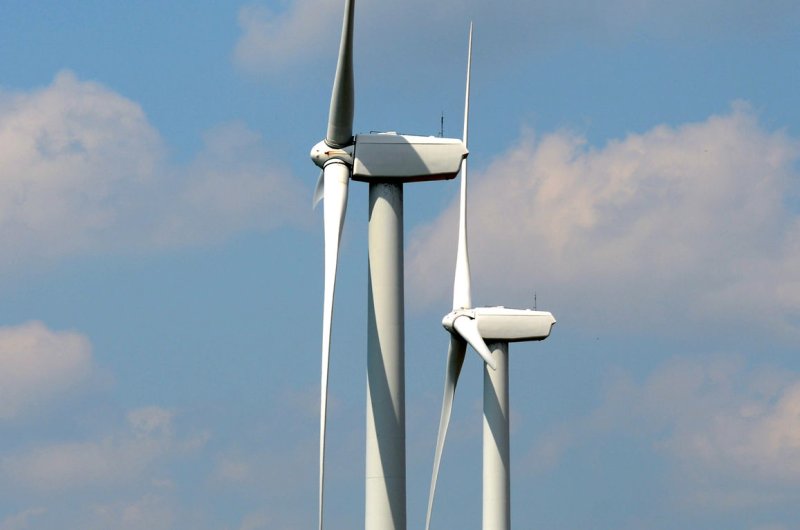India may need to invest heavily in renewables to ease the strains of the pace of development. File photo by Pat Benic/UPI |
License Photo
Aug. 22 (UPI) -- India, one of the world's fastest growing economies, could offset the strains of development through low-carbon efforts, an international energy report found.
A report on India's energy sector from the International Renewable Energy Agency found the government could save on health-related costs and create more jobs while at the same time seeing the demand for coal and oil products drop between 17 percent and 23 percent by 2030.
"Balancing economic growth and development, environmental protection, and energy security is a real challenge in India that can be tackled by enabling more renewable energy deployment," Dolf Gielen, a technology director at IRENA, said of a report from the agency.
India aims to triple its renewable power capacity by 2022 to 175 gigawatts by drawing on new solar and wind energy sources. The country is No. 4 in the world in terms of new solar power, No. 4 in the world based on cumulative wind power capacity, and the government in New Delhi said it's committed to honoring pledges made toward the global Paris climate agreement.
IRENA said India would likely have to invest heavily in renewables to meet its objectives. Its report on the renewable energy prospects recommended India mobilize financing and change consumer habits for things like transportation and cooling as well. By IRENA's estimate, it would cost India about $42 billion a year through 2030 to meet its renewable energy potential.
The International Monetary Fund warned earlier this year that India may have trouble attracting new capital because of weakness in the nation's banking system. A quarterly publication from Moody's Investors Service, meanwhile, found growth would continue in the renewable energy market, but there are substantial risks to financing and execution.
Nearly half of India's energy comes from oil and natural gas, and coal still dominates the power sector. The government in July held its first advisory council meeting to lay out an ambitious road map to cut oil and gas imports by 10 percent.















